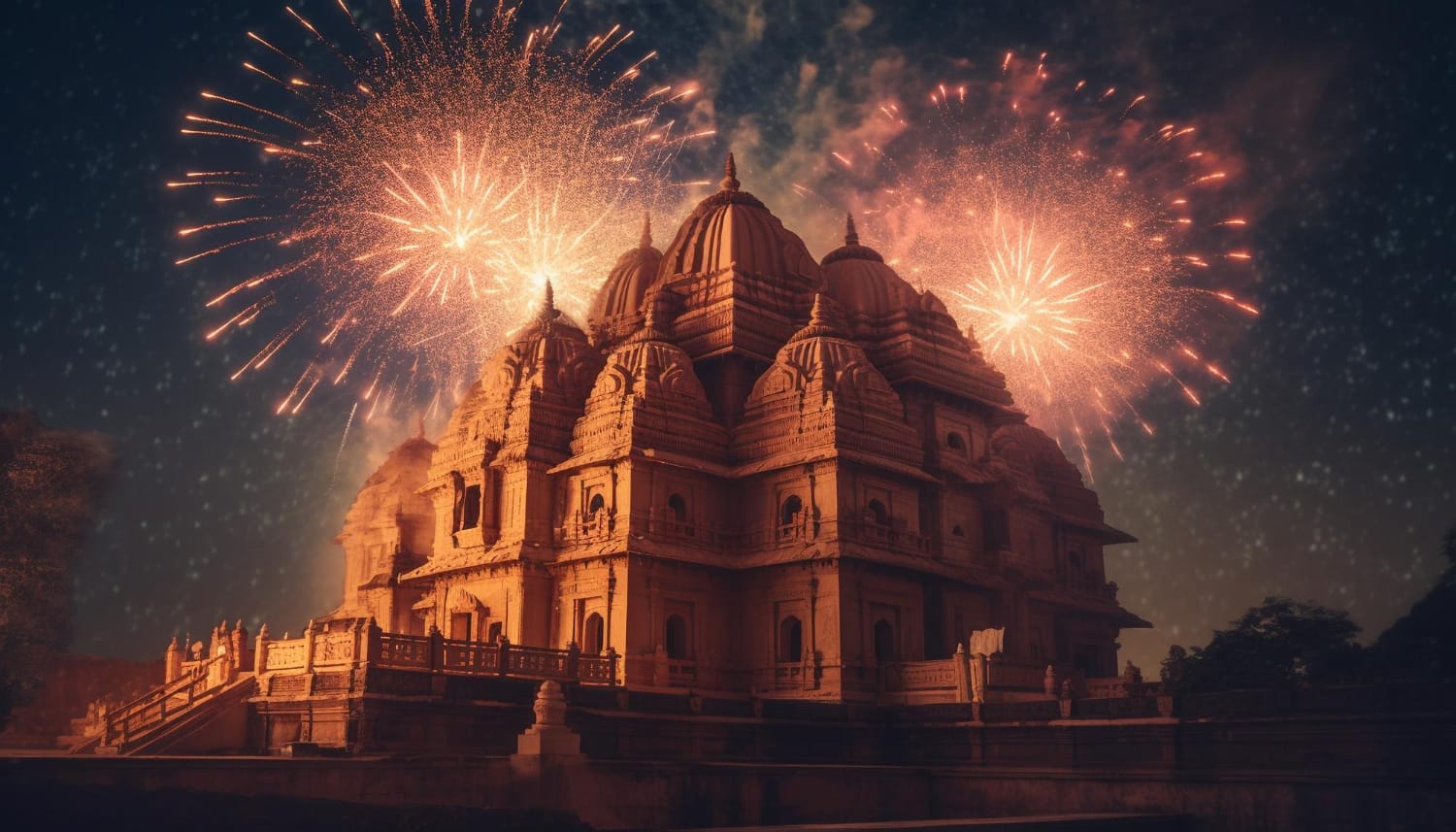Ayodhya, the ancient city steeped in mythology and revered as the birthplace of Lord Rama, has been a muse for poets and writers throughout history. Its rich cultural heritage and spiritual significance have inspired countless literary works, celebrating its beauty, legends, and timeless tales. Let's delve into the enchanting world of literature and poetry of Ayodhya, where each verse resonates with the city's mythical charm and historical grandeur.
Ramayana:
At the heart of Ayodhya's literary legacy lies the epic poem Ramayana, attributed to the sage Valmiki. This timeless masterpiece narrates the life and adventures of Lord Rama, from his birth in Ayodhya to his exile, his battles against evil forces, and his eventual return to reclaim his throne. The Ramayana, with its profound moral teachings and captivating narrative, continues to inspire poets, writers, and artists across generations, shaping the cultural ethos of Ayodhya.
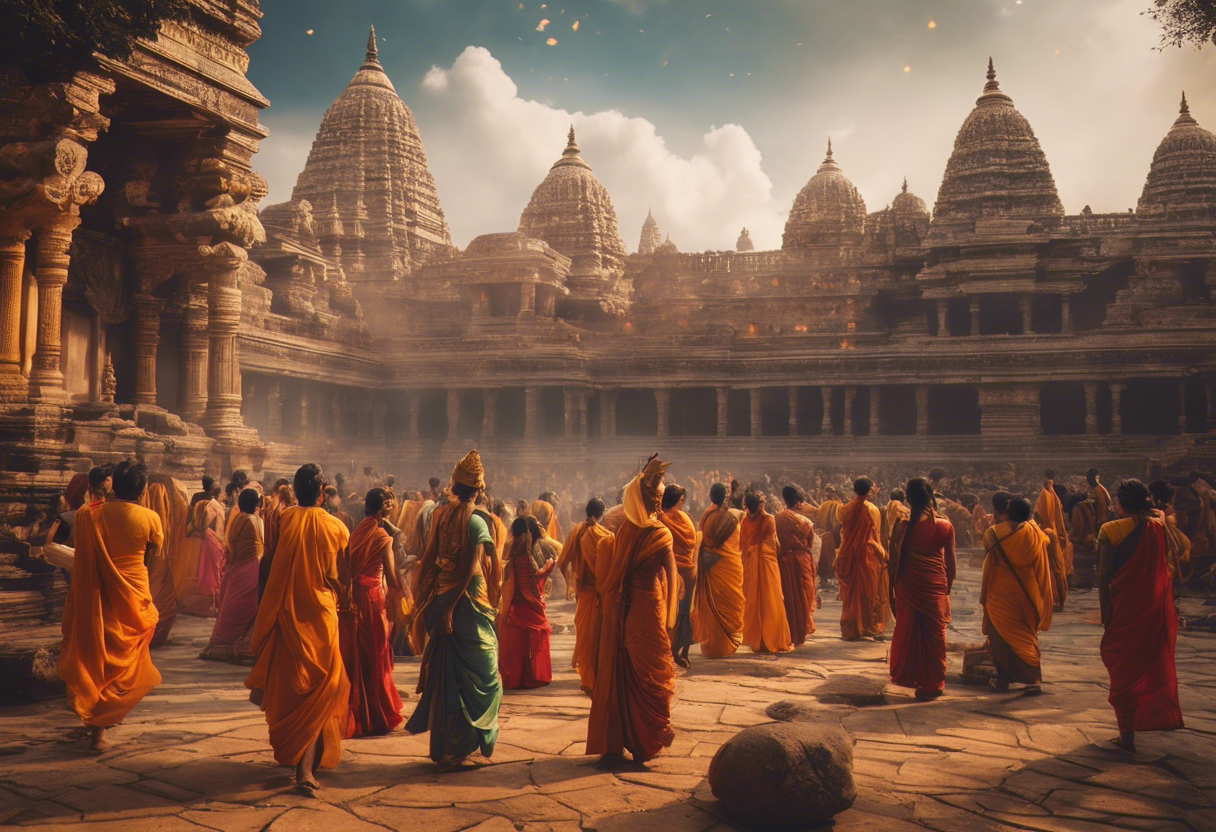
Tulsidas and Ramcharitmanas:
The 16th-century saint-poet Goswami Tulsidas is synonymous with Ayodhya's literary heritage, particularly for his magnum opus Ramcharitmanas. Composed in Awadhi, a dialect of Hindi, Ramcharitmanas is a retelling of the Ramayana infused with devotional fervor and poetic brilliance. Tulsidas' profound insights into human emotions, devotion, and spirituality resonate deeply with readers, making Ramcharitmanas a timeless classic and a cornerstone of Ayodhya's literary tradition.
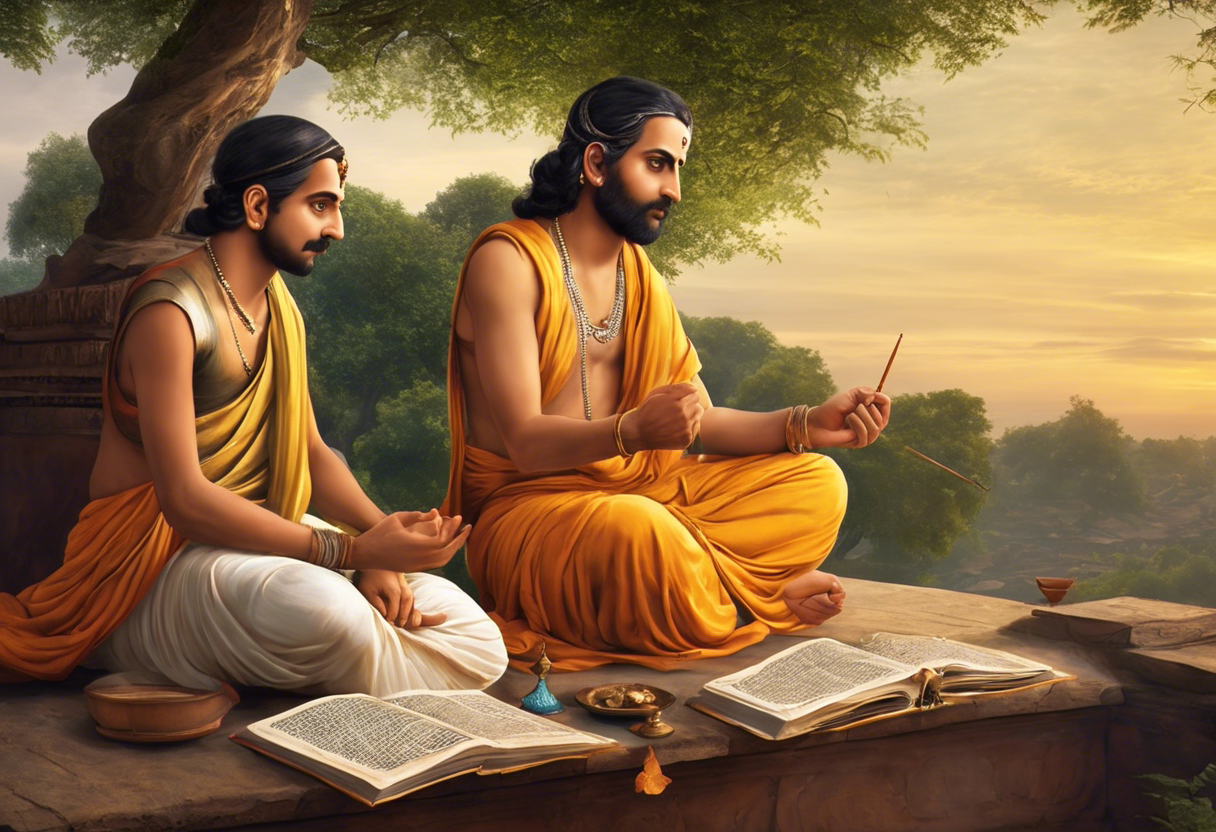
Katha and Kirtan:
Ayodhya has been a hub of katha and kirtan traditions, where storytellers and musicians mesmerize audiences with their recitations and devotional songs. These oral traditions, passed down through generations, bring to life the mythical tales of Ayodhya, captivating listeners with their melodic rhythms and soul-stirring lyrics. Katha and kirtan performances, often held in temples and religious gatherings, serve as cultural conduits, preserving and transmitting Ayodhya's spiritual and literary heritage.
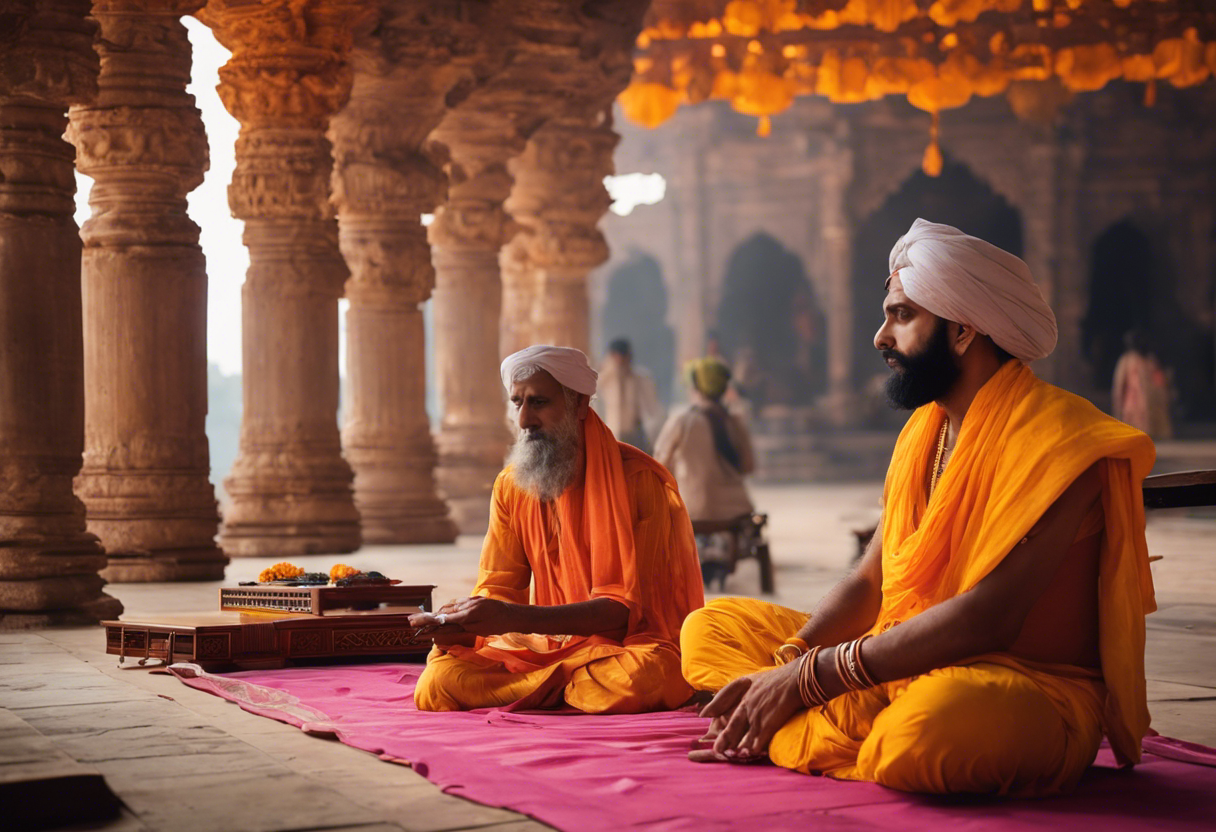
Sufi Poetry:
Ayodhya's literary landscape is not confined to Hindu traditions alone; it embraces diversity, welcoming influences from Sufi mysticism as well. Sufi poets like Kabir and Tulsidas have left an indelible mark on Ayodhya's literary canvas, with their timeless verses echoing themes of love, devotion, and spiritual quest. Their poetry transcends religious boundaries, offering a universal message of unity and compassion that resonates with readers of all faiths.
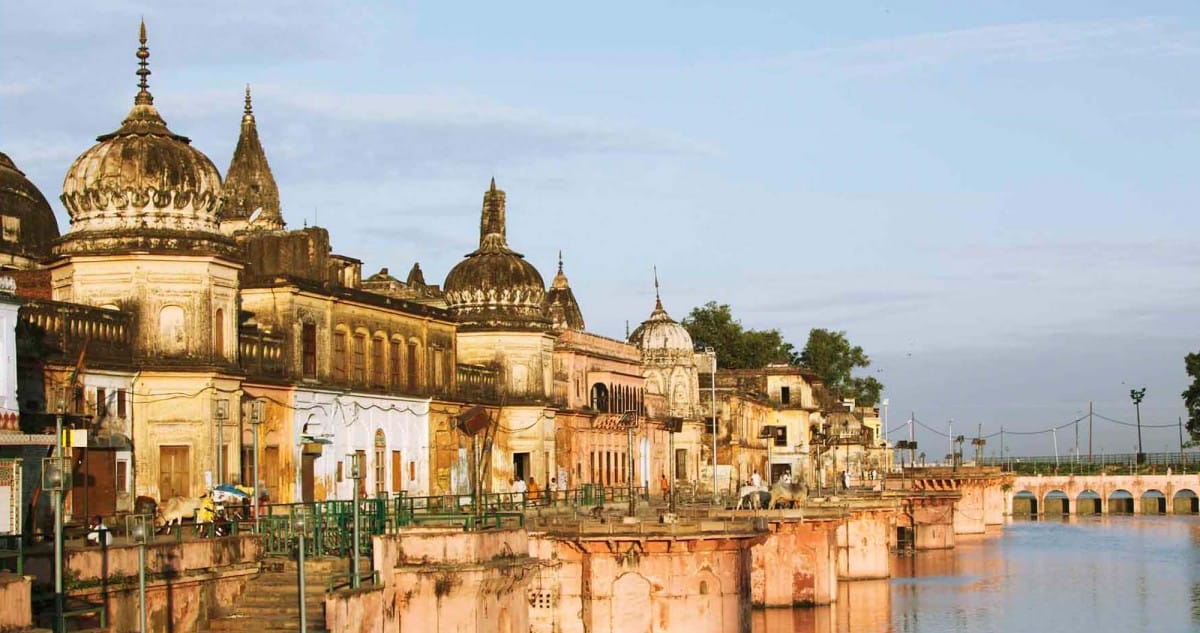
Modern Literature:
In contemporary times, Ayodhya continues to inspire writers and poets, who draw inspiration from its rich tapestry of history, mythology, and spirituality. From fictional retellings of the Ramayana to introspective poetry exploring themes of identity and belonging, modern literature reflects Ayodhya's evolving narrative and its enduring significance in the collective imagination of India.
In conclusion, the literature and poetry of Ayodhya form an integral part of its cultural identity, weaving together threads of mythology, spirituality, and human experience. From ancient epics to modern interpretations, each literary work celebrates Ayodhya's timeless allure, offering glimpses into its mythical past and inspiring generations to come.
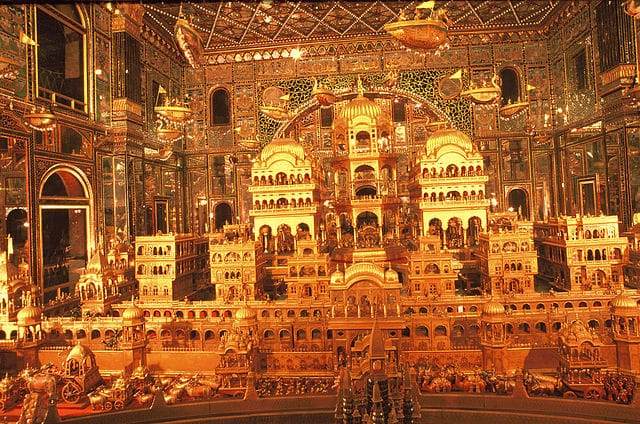
In conclusion, the epic poem Ramayana stands as the cornerstone of Ayodhya's literary legacy, immortalizing the life and adventures of Lord Rama in vibrant detail. Through the timeless narrative crafted by the sage Valmiki, Ayodhya's cultural ethos is etched into the annals of history, inspiring generations of poets, writers, and artists. The Ramayana's profound moral teachings continue to resonate with audiences across the globe, serving as a beacon of wisdom and guidance. As we reflect on the rich tapestry of Ayodhya's literary heritage, the Ramayana remains a testament to the enduring power of storytelling and its ability to shape cultural identity for centuries to come.


